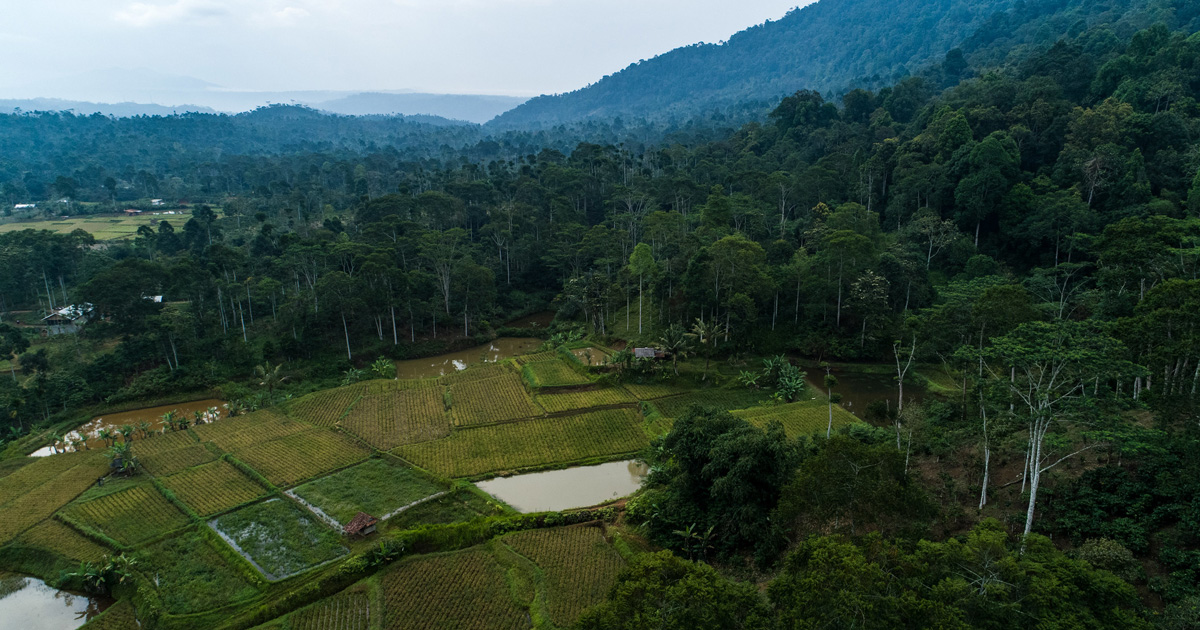There is a growing interest in cultivating cowpeas (Vigna unguiculata (L.) Walp.) in the tropics to meet the protein requirements of small farmers, forage requirements of ruminants, and to attain more sustainable agricultural systems. A mechanistic crop growth model was used to estimate yields of partially irrigated and strictly rainfed crops of IT82D-889, an early maturing cowpea cultivar, and TVX1948-012F, a medium maturing cowpea cultivar. Average yield and yield stability of these cultivars were determined for fields with a shallow and a deep water table before and after the growth of rice (Oryza sativa) in various parts of the Philippines. Long-term simulation results indicated that the yield of TVX1948-012F varied from 100 to 2250 kg ha1, and that of IT82D-889 varied from 50 to 1600 kg ha1 for fields with a shallow water table and for partially irrigated conditions. Yields were greater for the post-rice than for the pre-rice season. Partial irrigation increased long-term biomass compared with those for strictly rainfed situations by 30% in the pre-rice season and by 104% in the post-rice season. Yields were more stable at Davao than at Los Baños or Iloilo. The two maturity classes of cowpea cultivars appear to have somewhat different extrapolation domains. The study demonstrates that mechanistic simulation modelling can be a useful tool to delineate the extrapolation domains of crops and cultivars.
DOI:
https://doi.org/10.1016/0308-521X(93)90101-7
Altmetric score:
Dimensions Citation Count:
90101-7&apiKey=3948bb216041dbffcb29a618defafc29&httpAccept=image%2Fjpeg)




















